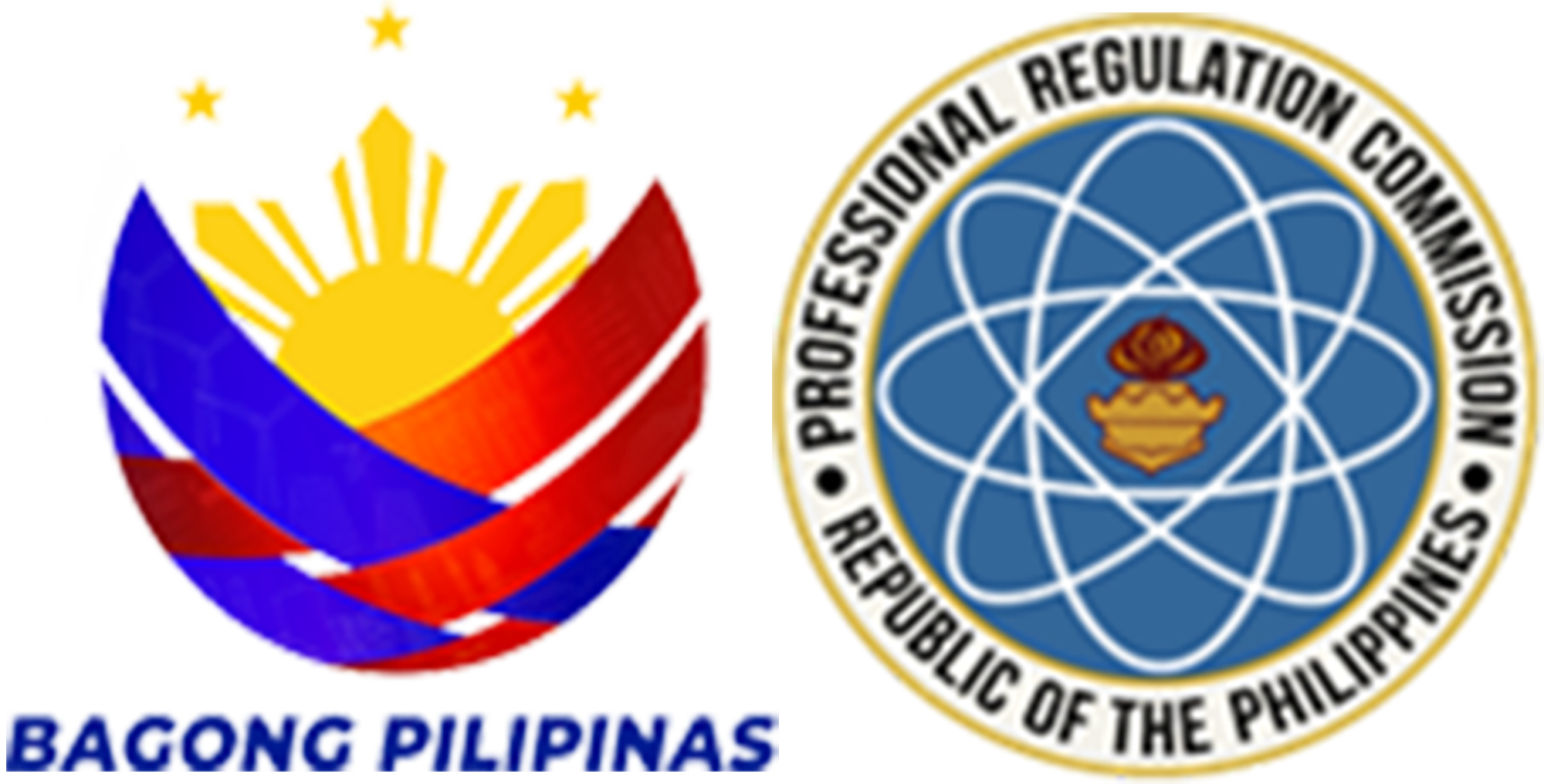General practice of Sanitary Engineering
Any person who shall practice or offer to practice sanitary engineering in the Philippines without being registered in accordance with the provisions of this Act, or any person presenting or attempting to use as his own the certificate of registration of a registered sanitary engineer, or any person who shall give any false or forged evidence of any kind to the Board, or any person who shall impersonate any registrant sanitary engineer of different name, or any person who shall attempt to use a revoked or suspended certificate of registration, or any person who shall use in connection with his name, or otherwise assume, use, or advertise any title or description tending to convey the impression that he is a sanitary engineer, without holding a valid certificate of registration, or any person who shall violate any of the provisions of this Act, shall be guilty of a misdemeanor and shall, upon conviction, be sentenced to a fine of not less than five hundred pesos nor more than two thousand pesos, or to suffer imprisonment for a period of not less than six months nor more than one year, or both, in the discretion of the court.
General practice of Sanitary Engineering
Any person who shall practice or offer to practice sanitary engineering in the Philippines without being registered in accordance with the provisions of this Act, or any person presenting or attempting to use as his own the certificate of registration of a registered sanitary engineer, or any person who shall give any false or forged evidence of any kind to the Board, or any person who shall impersonate any registrant sanitary engineer of different name, or any person who shall attempt to use a revoked or suspended certificate of registration, or any person who shall use in connection with his name, or otherwise assume, use, or advertise any title or description tending to convey the impression that he is a sanitary engineer, without holding a valid certificate of registration, or any person who shall violate any of the provisions of this Act, shall be guilty of a misdemeanor and shall, upon conviction, be sentenced to a fine of not less than five hundred pesos nor more than two thousand pesos, or to suffer imprisonment for a period of not less than six months nor more than one year, or both, in the discretion of the court.



Republic Act No. 1364
An Act to Regulate the Practice of Sanitary Engineering in the Philippines
Be it enacted by the Senate and House of Representatives of the Philippines in Congress assembled
The history of the Board is inextricably and intimately intertwined with the field of sanitary engineering itself. The latter had its unheralded genesis sometime in the early and mid-forties, when the Institute of Hygiene (now called the College of Public Health) of the University of the Philippines (UP) began a curricular program in the field of public health. The curriculum included a subject on the main principles of preventive medicine using engineering principles. The course was intended for all students taking medicine and paramedical courses like nursing, dentistry, pharmacy and health education.
At the time, the City of Manila through its Department of Public Service was already practicing hygiene and sanitation with the pioneering efforts of Engr. Emilio Ejercito, one of the earliest practitioners of sanitary engineering in the Philippines. During academic year 1943-44, when the Japanese forces allowed a select few colleges of the UP to open, Dr. Reynaldo M. Lesaca was appointed initially as assistant instructor of sanitary engineering under Dr. Hilario Lara, then Dean of the Institute of Hygiene. Dr. Lara then envisioned the establishment of a regular college department after building up the then one-man faculty of sanitary engineering at the Institute. The UP reopened in mid-1945 after the war and mass graduations were held for those who were unable to graduate because of the Japanese occupation. Reconstruction and rehabilitation of the war-damaged country then began and one of the first to be rehabilitated was the public water supply and public sanitation services of Manila and surrounding areas. By the early fifties, a consensus emerged among the academicians and civil engineers to recognize sanitary engineering as a separate and highly specialized field encompassing, as it did, biology, sanitary chemistry and water analysis and related water and wastewater treatment against pollution.
It was in 1951 when the idea of having a society among practitioners of sanitary engineering finally resulted in the birth of the Philippine Society of Sanitary Engineers (PSSE). Engr. Antonio Menor, then Metropolitan Water District chief, was elected president. He was succeeded by Engr. Lamberto Un Ocampo and later on by Engr. Emilio Ejercito.
Soon after the election in 1953 of President Ramon Magsaysay, the MWD was reorganized into the National Waterworks and Sewerage Authority, or NAWASA, mainly through the efforts of Engr. Susano R. Negado. Engr. Negado helped draft a law recognizing sanitary engineering (SE) as a separate engineering specialty. In addition, the PSSE lobbied for the passage of Republic Act No. 1364 which was enacted into law on 18 June 1955. Entitled “An Act to Regulate the Practice of SE in the Philippines,” R.A. 1364 defined the scope of the SE practice and the creation of a Board of Examiners, under the then Civil Service Commission, which at that time was attached to the Office of the President.
The first Board was composed of Susano R. Negado as Chairman with Lucio Javier and Oscar Ilustre as Members. Its very first Resolution No. 1, series of 1956 was to design an appropriate seal of the Board, pursuant to Section 19 of R.A. 1364. The also Board promulgated the first set of Implementing Rules and Regulations on December 23, 1955.
With the issuance on June 22, 1973 of Presidential Decree No. 223, the Professional Regulation Commission (PRC) was created. The Board of Examiners was placed under the PRC as a successor to the Civil Service Commission. In 1982, the Code of Ethics for Sanitary Engineers was drafted by the Board in cooperation and consultation with PSSE. On September 27, 1983, the Code was approved by the Board and the Commission.
On August 29, 1994, the Board held its first fully-computerized licensure examinations, releasing the results on November 21, 1994. The following served as Chairman of the Board: Susano R. Negado (1955-1972), Ricardo H. Concepcion (1972-1976), Ernesto J. Battad (1977-1980), Eduardo M. Del Fierro (1981-1986), Porthos P. Almajose (1987-1992), Eluderio S. Salva (1993-1994), Antonio E. Kaimo (1995-1998) and Reynaldo M. Lesaca (1998-present).
Click HERE to view the list of Accredited Integrated Professional Organizations (AIPOs) /Accredited Professional Organizations (APOs)














